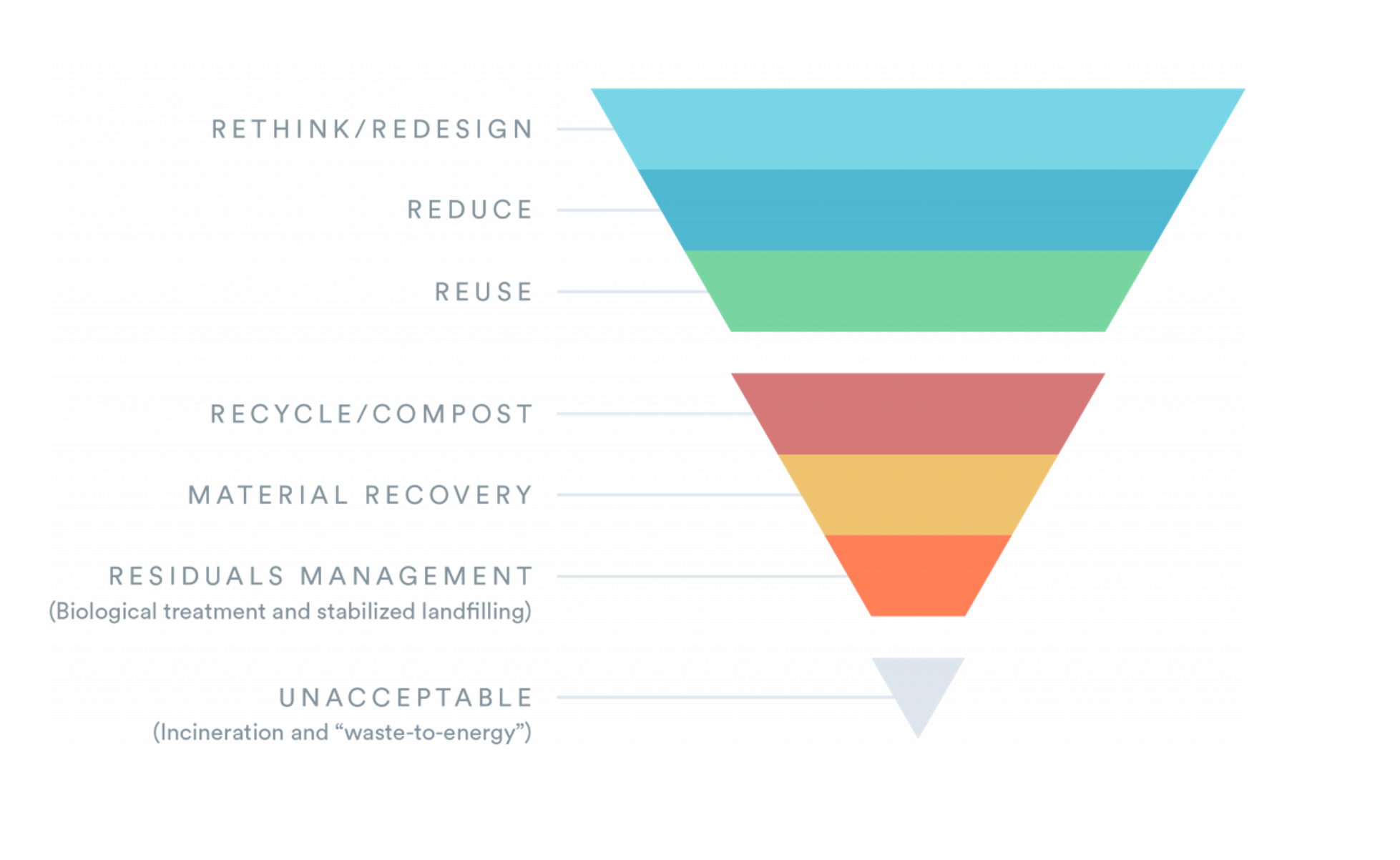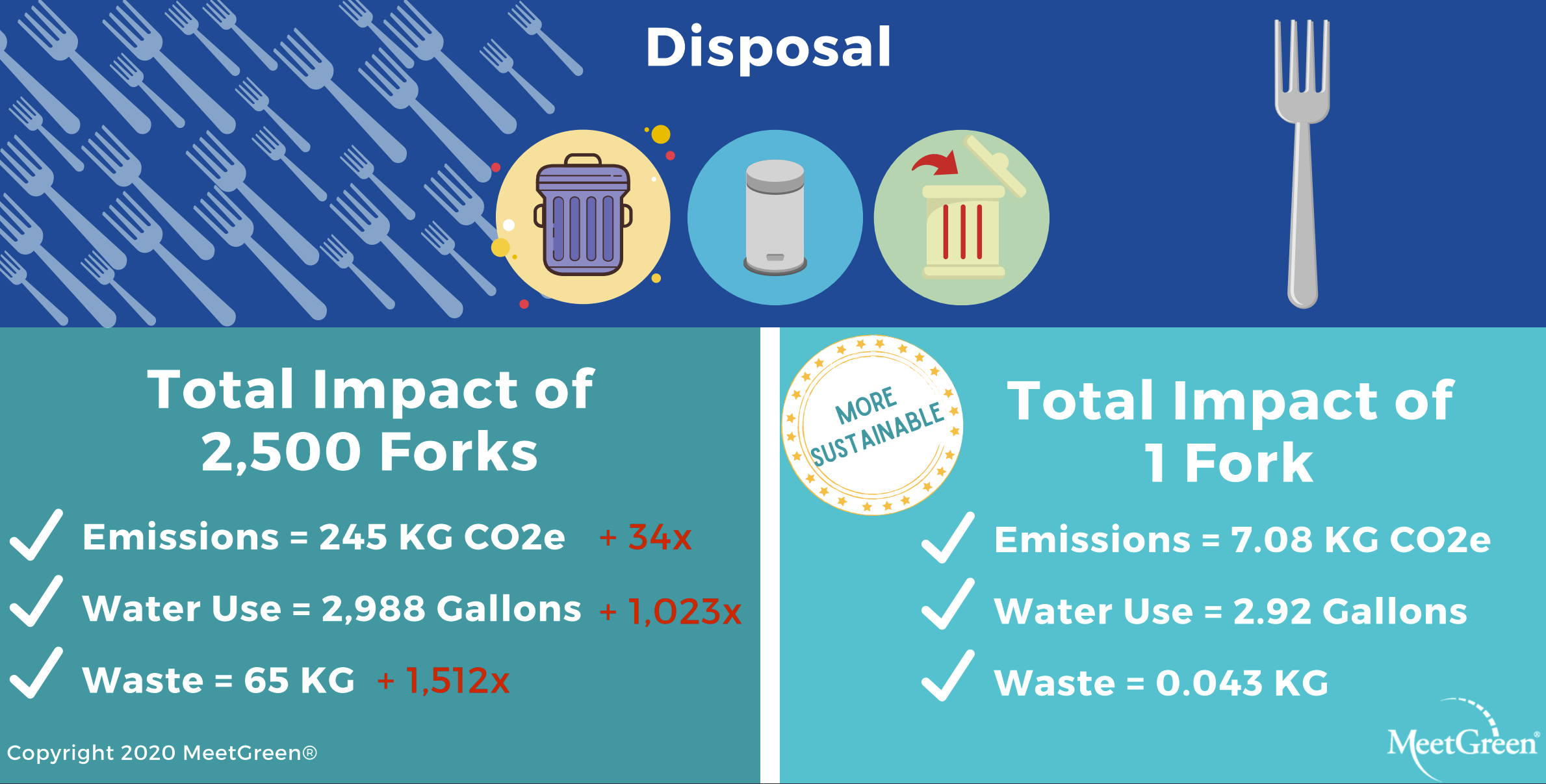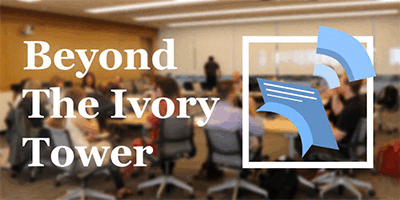Planning an Environmentally Friendly In-Person Conference (guest post)
After over a year of COVID-caused mass experience with online academic conferencing, there has been a lot of discussion about whether, for environmental reasons, online conferences should become the new default in philosophy.
There are some doubts about the value of such a proposal. Some doubts are based on so-called “causal impotence” arguments: the absence of philosophers from air travel is not going to ground any planes, and so will make no dent on the rate of global heating, and so will not have any noticeable benefit for the environment. Other doubts are based on the various goods of meeting in-person, goods which cannot be reproduced adequately, if at all, online.
The discussion sometimes unfolds as an “environment vs. conference” battle, and this framing is not just inaccurate, but also unhelpful, for it pushes aside conversation about how in-person conferences, which will most-likely continue to take place anyway, might be run in more environmentally-friendly ways.
In order to draw some attention to this possibility, I reached out to MeetGreen, a “a sustainable event agency” that specializes in helping organizations plan environmentally-friendly events, for ideas. In this guest post*, Eric Wallinger, Director of Sustainability at Meet Green, shares some climate-oriented strategies for in-person event-planning that conference planners should consider taking into account.
Planning an Environmentally Friendly In-Person Conference
by Eric Wallinger
Meetings, conventions, and events are an expression of an organization’s values. In ways both large and small, they speak volumes about an organization in either its physical or digital manifestation. At their core, sustainability efforts are often connected to either optimizing efficiency of our resources such as energy and water, reducing waste, and enhancing the life cycles of our event materials.
Starting Early
To help achieve a more sustainable conference, it is essential to start early in the process, ideally at the time of site selection or contracting, enrolling the full spectrum of stakeholders in your conversations, and ensuring your team has some mechanism for accountability, such as a standing Green Team meeting, a sustainability policy, or defined indicators in place to help drive these initiatives forward. This might sound simple, but it is one of the most important things you can do to ensure sustainability planning success. This article helps identify key issues that impact the sustainability of an event and strategies your team can take to help mitigate your event’s environmental footprint.
Landfill Waste
Reducing landfill waste is a major challenge for any event, and very often event organizers and venues face the difficult question of where to start. In our experience, one of the most impactful strategies is directing a greater focus towards reduction, reuse, and donation.
The following graphic from the Zero Waste International Alliance helps reframe the way we look at the hierarchy of waste management in event management from “what can we recycle?” to “what can we rethink, reduce, and reuse?” The colored bands below highlight that our most effective strategies for sustainable events apply to the design stages and prioritize reduction over recycling.

If you are looking for a good place to begin on your reuse and reduction journey, starting with reusable service ware and reducing single-use plastics is a great first step.
Single-Use Plastic
While recycling programs are still a valuable strategy to mitigate our waste, an unfortunately grim statistic is that less than 2% of the total waste stream in the United States is actually recycled. When it comes to plastic bottles, which on the surface seems like one of the simplest items to recover, a staggering 90% are not recycled.
There are a number of reasons for these low recovery rates: cost competition with virgin plastic, changes in commodity (recycled material) value, lack of advanced processing technology, and most recently the enforcement of China’s National Sword inspection program which imposes a much tougher standard for contamination levels on plastic and other materials.
To help illustrate the tremendous impact that using reusable service ware can have, in the graphic below one reusable fork alone, estimated to be used 2,500 times, has the following savings compared to 2,500 disposable forks used one once before being discarded:

Source: https://meetgreen.com/wordpress/wp-content/uploads/2020/10/MeetGreen-Follow-The-Fork.pdf
Carbon Emissions
When we look at the full carbon footprint of an event, in the vast majority of cases, air travel makes up 90%-95% of that impact. This is one of the primary reasons so much attention is rightly being paid to conference flight and travel miles. Assessing your destination choice through the lens of where your attendee base is most heavily located will have on the biggest impacts on reducing your miles traveled. Conference organizers should be open to the idea that hosting responsibility and physical location are separable; that a university is putting on an event does not mean that the event must be held at or near the university if an alternative destination means fewer aggregate miles traveled by attendees.
A critical next step towards climate action is taking a moment to identify where fossil fuel combustion is occurring and then ideally combine with some level of benchmarking and measurement. This process of emissions “discovery” is essential to helping build a meaningful reduction strategy as well as for assessing goals and progress. In this way, your team’s climate action plan should include with a basic “carbon footprint assessment”.
Regardless of your event’s size, attendance, or level of production, transportation is still most likely its largest source of emissions. In this way, every bit saved counts. To put things in perspective, a six-hour online event for 4,000 people causes roughly the same carbon impact as a return flight for one person across the Atlantic.
There clearly is a value to convening in person and setting an emissions baseline through your carbon footprint assessment is the best way to approach planning—armed with data to better define and approach your reduction strategies. By being aware of your carbon footprint, it can for example, help teams determine whether meeting in-person twice a year is sufficient instead of four. In another case, by setting emissions thresholds for meeting in-person, teams can better consider what format for convening is worth the environmental cost. It does not have to be an all or nothing proposition. By trimming some of our excess, our “less necessary” travel, we can approach emissions reduction in a more conscious, strategic, and methodical way.
When we determine a physical event is necessary, we can lessen the impact of travel via neutralizing its emissions impact through financially supporting verified projects that draw-down, sequester, or reduce an equivalent amount of CO2. This process is often referred to as “carbon offsetting”. While offset projects do have a monetary cost, funds can be raised via sponsorship, registration fee, “opt-in” charges, or even attendee donations. All of the above are presently happening in our current event landscape and are certainly worth piloting in your upcoming events. Emissions accounting and accountability will be a critical topic facing events, conferences, and gatherings in all forms over the next decade and beyond—so the time to get started is now!
Circularity
Related to both waste and emissions, historically our consumption has often followed a linear model, which flows from production to disposal in a straight line. A circular economy related to events, when implemented, begins to eliminate waste and reduce emissions in all forms. and even designing those marketing and way-finding items that cannot be migrated to digital formats, for reuse. The work we are doing now is setting the stage for a more circular and sustainable future.

Source: https://www.innovationnewsnetwork.com/circular-economy-concept-explained/462/
Returning Onsite & Attendee Engagement
At their core, environmental problems are also education problems. For many teams and business units, returning back onsite for physical events, one of the questions they have been receiving the most is: can events still be sustainable in 2021 given COVID-19 restrictions and regulations?
This is a question we have thought quite a bit about. When assessing our 16 physical event minimum sustainability practices in light of CDC guidance, we found that 16 of those 16 were safe to move forward with during the return to physical events. This assessment revealed a much higher degree of “green light” initiatives than we were initially expecting. Our discoveries reinforced to us that at least from the sustainability perspective, many items like food donation, already protected by strict chain-of custody-protocols, are not likely to be impacted by our emerging physical and hybrid events. For those seeking additional information on this topic, MeetGreen has produced several website resources dedicated to returning to events safely and sustainably.
The more your organization can enroll, engage, and educate your attendees arounds its sustainability journey and goals, the more it will enrich your collective participation across the United Nation’s Decade of Action. The catalyst to managing environmental impacts and helping protect our planet begins with embedding these values in our event planning.
Some related posts (in addition to those linked to in the introduction to the above post): “Good Conferences in a Time of Pandemic—and Afterwards“, “The Online-First Model: On Hosting an Awesome Online Academic Conference“, “A Guide for Organizing Online Philosophical Conversations“, “Socially Distanced, yet Virtually Convened: a Model of Online Conferencing“, “Examining the Future of Academic Events“.




Thanks. This is interesting. MeetGreen’s take on food, however, is depressing. These are the tips I could find: https://meetgreen.com/event-resources/meetgreen-tips/making-food-beverage-decisions/
Nowhere do they mention the carbon footprint of meat and dairy. Instead, it’s the well-worn (and largely debunked) Eat Local and Organic and choose sustainable seafood (whatever that means). The tool to calculate your event footprint does suggest it’d be good to choose veg over beef for one meal, though.
Many of their recommendations are sound and fairly easy to implement. But the carbon footprint of food, especially animal agriculture, is massive enough that not even mentioning it is frankly disappointing. Most conference attendees can skip beef AND chicken for a couple days. This will make a bigger difference than choosing the apple over the banana.
The Philosophers for Sustainability guidelines for sustainable practices in philosophy also seem relevant here: http://www.philosophersforsustainability.com/guidelines/
This post is kinda cool insofar as ut goes, but it really doesn’t even touch the major issues like disparate funding, stressors on family life (which disproportionately affect women), cliquiness/clubiness at conferences, alternatives to conferences (e.g., Zoom), and so on. It’s like we’ve got a whole bunch of reasons against conferences, and then someone’s like “hey, don’t forget to recycle your plates and avoid single-use plastic!” Like this isn’t in the ballpark of an answer to the litany of problems with conferences.
Thanks for this post, Justin. As you know, I’m on the side of having a much higher proportion of virtual to in-person conferences than in the past.
Regardless, I hope more in-person organizers think about the points you mention here (perhaps in connection with the APA/PfS guidelines Karl linked to).
As you say, the biggest environmental impact by far is travel, so I hope there’s more of a shift to regional conferences. That’s easier in some regions than others, and can run the risk of excluding people at more remote institutions – but then again, organizing a regional conference can prompt philosophers at bigger/wealthier institutions to get to know philosophers at nearby smaller/less wealthy institutions (it’s awfully easy to slip into R1 elitism as an organizer). So, done considerately, this seems like part of the solution.
I wonder if there is reason to shift from 3 regional conferences to more than three?